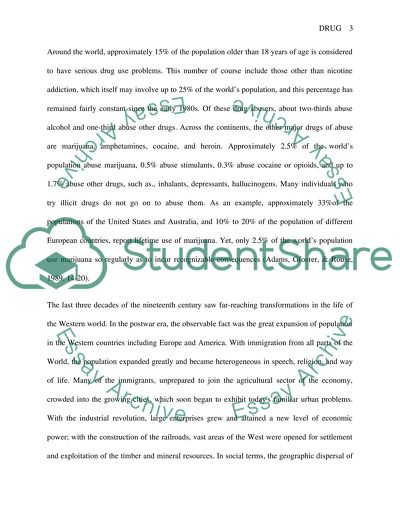Cite this document
(“Post-War Drug Use Essay Example | Topics and Well Written Essays - 4000 words”, n.d.)
Retrieved from https://studentshare.org/sociology/1513474-post-war-drug-use
Retrieved from https://studentshare.org/sociology/1513474-post-war-drug-use
(Post-War Drug Use Essay Example | Topics and Well Written Essays - 4000 Words)
https://studentshare.org/sociology/1513474-post-war-drug-use.
https://studentshare.org/sociology/1513474-post-war-drug-use.
“Post-War Drug Use Essay Example | Topics and Well Written Essays - 4000 Words”, n.d. https://studentshare.org/sociology/1513474-post-war-drug-use.


